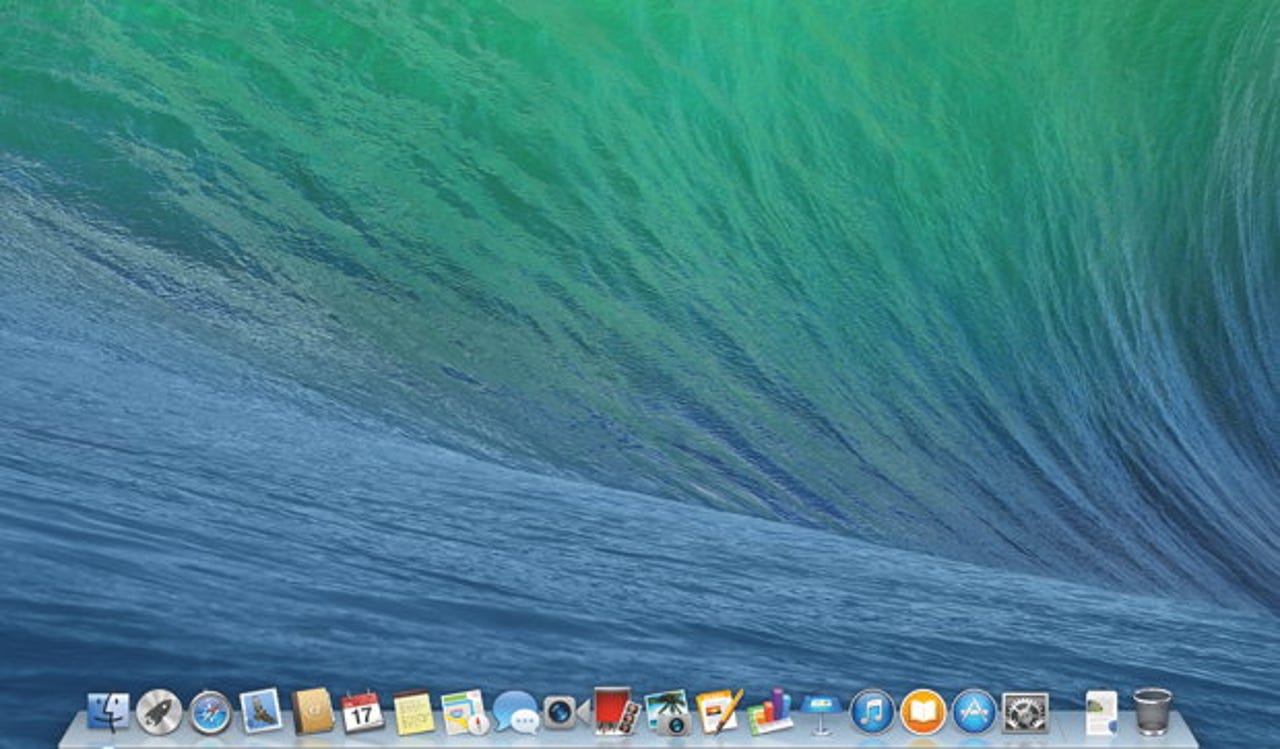Mac Mavericks' App Nap, Power Nap don't always play well with others

Apple is bringing all kinds of smart "napping" features to improve battery performance and productivity. However, sometimes the action of these naps can be bewildering to Mac users. Thankfully, users can decide to take advantage of these new features, one on the system level and the other on an app-by-app basis.

New in OS X 10.9 Mavericks is App Nap, a power-saving technology that looks at the applications that are currently being used and slows down the apps that it decides aren't being used. Apple says that if a program window is hidden from the user and isn't "actively working," then its process will be slowed down, perhaps as much as 23 percent. If the window is brought to the front, then "the app instantly shifts back to full speed."
Of course, a number of apps have reported issues with this technology, including author Dan Gravell about his music management utility Bliss. It appears that what constitutes "working" is a bit broadly interpreted by the system.
I haven't dived deep into this yet, but this appears to be affecting bliss. I guess that's understandable; bliss doesn't have a window at all and it may be viewed as being "in the background" because it runs as a server style, daemon process.
To the user, this feature can appear to be a general system slowdown.
Perhaps more importantly to Mac managers, App Nap appears to have a significant performance issue with the VMware Fusion virtualization program, aside from the memory setting changes that Mavericks now wants with running Windows.
Users can turn off App Nap in the application's Get Info pane (highlight the icon for the application and select Get Info from the File menu; right-click on the icon and select Get Info from the contextual menu; or select the icon and press the Command+i key combo). The Get Info pane sports a new checkbox in the General section named Prevent App Nap. Check the box and the selected app will run at full power all the time.
Featured
Meanwhile, there are reports of issues with the Power Nap feature supported in Mountain Lion and Mavericks. Instead of a full sleep, the Power Nap lets your Mac run a number of different tasks when napping, such as checking iCloud for mail and updated files. When the power is connected to a MacBook, the system will perform more strenuous tasks including Time Machine backups and downloading software updates.
This technology doesn't run on all Macs and there's an Apple Technical Note that provides a list of features and compatible CPUs.
There are some interesting differences in settings and capabilities between systems. For example, Power Nap is the default setting for laptops when connected to power. Power Nap looks like sleep, so the lights go out on your computer and there will be no system sounds and no fan operation. Apple says that Power Nap is on by default only on desktop models that use only flash storage, and not systems running Apple's Fusion Drive, which mixes hard disk and flash storage.
In addition, MacBook owners should understand the implications for battery use when running Power Naps. How the technology operates depends on the model. In the following quote the italics for emphasis are mine. If I didn't understand this napping, I would be very worried about the battery draining out of the blue and with the fans not coming on when the machine is "warm to the touch," which to many is perceived as "hot."
Notebooks with 2013 or a later year in the model name use Power Nap until the battery is drained.
Notebooks with 2012 or an earlier year in the model name suspend Power Nap operations if the battery has a charge of 30% or less. Power Nap operations resume once you connect a power adapter.
Power Nap communicates and transfers data for a only a few minutes per Power Nap cycle when running on battery. When connected to a power adapter, communications and data transfers are continuous. When Power Nap is enabled your computer may be warm to the touch even if it is sleeping. Power Nap operations are suspended when your computer exceeds a predefined temperature so that your computer does not overheat.
It appears that the Power Nap setting may override some settings in programs such as Mail. In an Apple Support Communities Discussion, one Bob Gold found that his usual manual Mail checking was being inexplicably automated out of blue after upgrading to Mavericks. But only when his MacBook Air was plugged in. Of course, the "problem" was a feature.
Power Nap settings can be found in the Energy Saver pane in System Preferences.